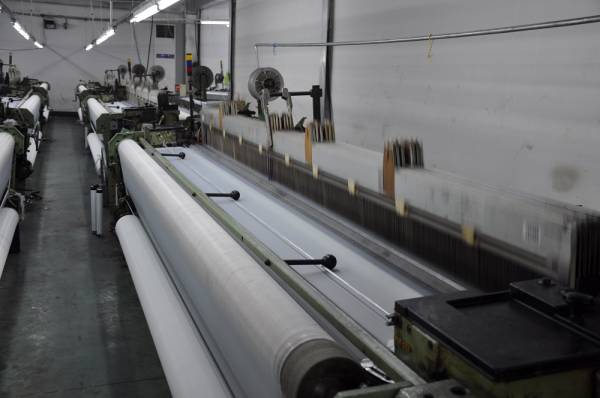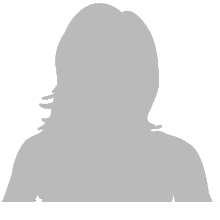Company Blog
Products for Filtration, Separation, Sifting and Printing
Silk Screen FQA
- Font size: Larger Smaller
- Hits: 7146
- Subscribe to this entry
- Bookmark

Silk screening, also called screen printing, is among the oldest printing methods, first appearing in China around 960 AD. Silk screen printing is a popular small business due to relatively small start-up costs and ease of learning the basic skills.
Function
-
Screen printing is a stencil printing process. The screen, a wooden or metal frame with special fabric stretched and secured over it, is used to hold the stencil in place and control the ink deposit. The stencil is hand cut from paper or plastic, or made in a process using a photo-sensitive film or liquid called emulsion, and is applied directly to the screen fabric.
The screen frame is secured to a table by a hinge, and is lowered onto the item to be printed. Ink is added within the screen's interior, and the printer pushes it through the fabric mesh by dragging a printing squeegee across the stencil. The ink to flows through the mesh and open parts of the stencil, onto the item.
Picture a window screen laying on a table, with a newspaper stencil laid upon it, and you'll have an accurate representation of a basic screen printing set-up.
Benefits
-
Uses
Future Outlook
-
Large format digital printers, and the development of more durable and flexible ink formulations for this process, have prompted many screen printers to expand their operations to include this new technology. For larger print runs, jobs with demanding specifications, or products that cannot be printed by other methods, screen printing will remain a viable and economical solution.
Misconceptions
-

Often thought of as a hobbyist's t-shirt or poster printing method, screen printing is a multi-billion dollar industry, serving everyone from consumers to the military. Although it is easy to learn basics of the process for hobby work, commercial and industrial screen printing is a high-tech process, requiring ongoing education and skill training.
Fun Fact
-
Silk was replaced in the mid-20th century by more stable and available synthetic materials, typically polyester, with stainless steel mesh used for certain industrial applications, prompting manufacturers and printing associations to adopt the preferred term, "screen printing."







